Vernalization in plants
As the plants are sessile organisms, they have to readily alter their development and growth responses to survive an ever changing environment. In all facets of development, from germination to flowering, plants use correct amalgamation of multiple external signals including light and temperature. Temperature as an environmental factor profoundly influences developmental programs of plants.
Temperature plays a major role in controlling the degree of seed dormancy/seed germination and vegetative growth. In some plant species, long cool winter periods, are required to enable flowering. This inductive process, called vernalization, is a strategy that ensures flowering only occurs in the more desirable spring or summer climate.
vernalization definition | vernalization meaning
This vernalization is the process by which flowering is induced/promoted by a cold treatment given to a hydrated seed or to growing plant. Day seed do not respond to the cold treatment. Over the 20th century, vernalization has been studied extensively at the physiological level. Gassner (1918) reported that a wide range of plant species require cold treatment/exposure to flower.
The infamous Russian geneticist Trofim Lysenko, who studied the effect of cold on flowering, coined the term jarovization to describe what we now vernalization. Spring cereals are called jarovoe in Russian (derived from Jar, the god of spring) and cold exposure causes a winter cereal to behave like a jarovoe (i.e. flower rapidly). Jarovization was translated from Russian into vernalization; vernal is derived from latin word for spring, vernum.
Figure 22-Vernalization induces flowering in the winter-annual types of Arabidopsis thaliana. The plant on the left is a winter annual type that has not been exposed to cold. The plant on the right is a genetically identical winter- annual type that was exposed to 40 days of temperature slightly above freezing (40C) as a seedling .it flowered 3 weeks after the end of the cold treatment with about 9 leaves on the primary stem.
Vernalization should be followed by inductive photoperiod to flower. If vernalized plants are grown non–inductive photoperiods, they continue to grow vegetative. However, if such plants are later shifted to inductive photoperiods, they still flower. This shows that the vernalized plant remember their prior vernalization ; that is, they had acquired competence to flower but did not actually do so until the photoperiod requirement was met. Thus a cellular memory is established by exposure to cold treatment that is stable through mitosis, but, importantly not through meiosis. The length of this memory winter varies among plant species.
Two types of experiments demonstrate that this acquisition or acceleration of flowering after chilling treatment occurs at the shoot apex. Another is to graft short tips: In most species, if vernalized shoot tip as grafted to non–vernalized stock, it will flower, but a non vernalized shoot tip grafted to vernalized stock will not flower.
The effective temperature range for vernalization is just below freezing to about 10°C, with broad optimum usually between about 1 and 7°C. The effect of cold increases with duration (4 to 12 weeks) of the cold treatment until the response is saturated. Vernalization is a quantitative response with increasing periods of low temperature causing progressively the earlier flowering until a saturation point is reached.
Vernalization can be lost as a result of exposure to devernalizing, conditions, such as high temperature, but the longer the exposure to low temperature, the more permanent the vernalization effect.
Vernalization is an epigenetic switch
Vernalization is effective, if active metabolism occurs during the cold treatment. Sources of energy and oxygen are required, and temperature below freezing at which metabolic activity is suppressed is not effective for vernalization. It has been suggested that the vernalization induced, mitolically stable acquisition of the competence to flower, be referred as an epigenetic switch because it is a change that can be propagated through cell division in the absence of the inducing signal. However, there may be disagreement over the use of the term epigenetics. Some might argue that the term epigenetics should be used only for changes that persist from one generation to the next. This is course does not happen in the case of vernalization.
Nevertheless, many studies have shown that the vernalization state can be stable; i.e. after exposure to cold has ended, competence to flower, in certain species, can persist for many months and throughout many cell divisions in the shoot apical meristem.
Genetics and Molecular Mechanisms of Vernalization:
In naturally occurring Arabidopsis accessions, FRIGIDA (FRI) and FLOWERING LOCUS C (FLC) determine the requirements for vernalization. FRI encodes a novel protein that increases the mRNA level of the MADS domain gene FLC. FLC acts as a strong floral repressor by negatively regulating the expression of genes that promote the floral transition including SOC 1/AGL 20 and FT. Vernalization promotes flowering by reducing FLC mRNA levels by antagonizing FRI function. The extent of this reduction is proportional to the duration of vernalization and is closely correlated with flowering time.
FLC expression is also down regulated by the action of genes of autonomous floral promotion pathway i.e. FCA, LUMINIDEPENDENS (LD), FVE and EPA. Mutations in these genes cause increased FLC levels and a late–flowering phenotype that can be reversed by vernalization. Several VERNALIZATION (VRN) genes have been identified which mediate the vernalization responses in Arabidopsis. VERNALIZATION 1 (VRN 1) is plant–specific DNA binding protein. VRN 2 is a relative of polycomb group protein. VERNALIZATION INSENSITIVE 3 (VIN 3) contains PHD domain. In yeast and animals, proteins related to VIN 3 and VRN 2 are involved in chromatin remodeling complexes. Such complexes often cause modification of histone(s). The spectrum of histone modifications and their effect on gene expression are referred as the histone code.
Vernalization brings changes in FLC chromatin. After vernalization and during vernalization, the levels of certain modifications are associated with active genes are reduced, such as acetylation of histone 3 (H 3) at Lys 9 and 14. By contrast, the levels of two other modifications, methylation of H3K9 and H3K27 are increased by vernalization. Elevated H3K9 and H3K27 methylation is typically associated with the formation of stable heterochromatin. Thus, the vernalizaion–mediated formation of heterochromatin at FLC appears to account, at least in part, for the epidenetic nature of the vernalization state. Histone deacetylation is one modification of FLC chromatin that occurs during vernalization.
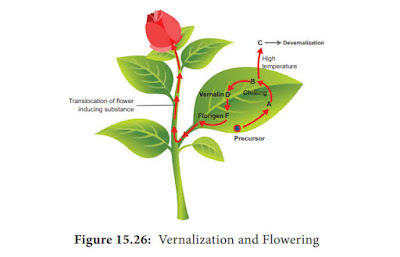

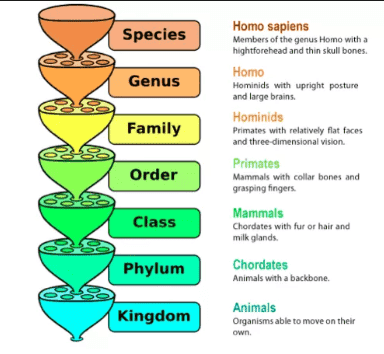

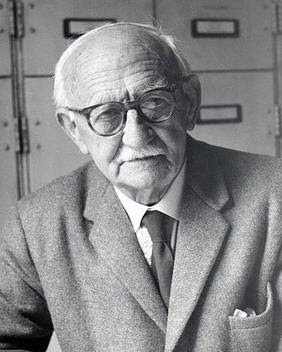
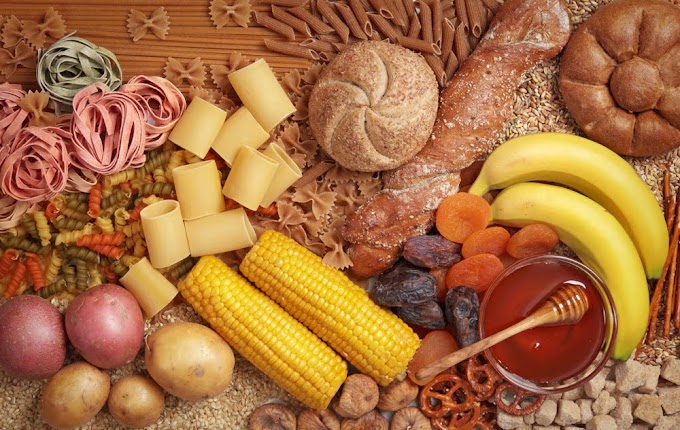


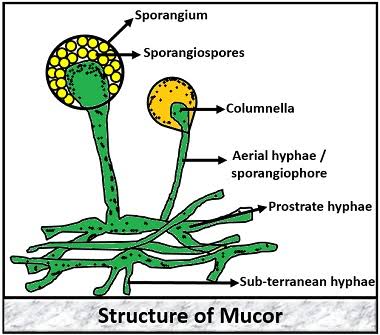


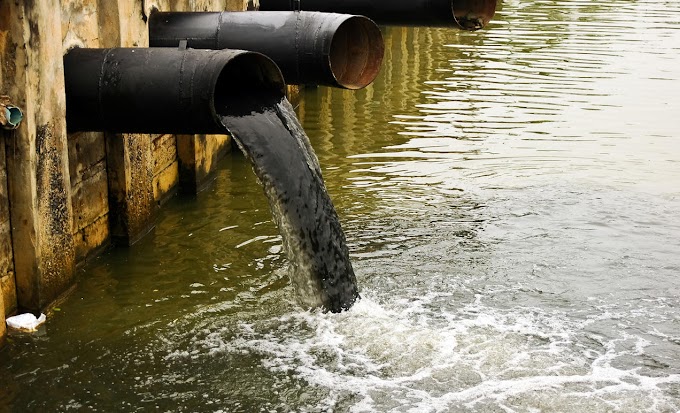





0 Comments
If you have any query let me know.